Celebrate St Patrick’s Day with this list of things ANN MASSEY thought you should know about Ireland’s patron saint
1. Saint Patrick was not called Patrick, his actual name was Maewyn Succat.
2. Patrick was not Irish, but in fact a Briton from a high standing Roman family.
3. The young Patrick was kidnapped by Irish Pirates who sold him into slavery, where he became a shepherd in County Antrim.
4. Until his escape back to his family, Patrick used to take part in Pagan Worship and rituals including sacrifices.
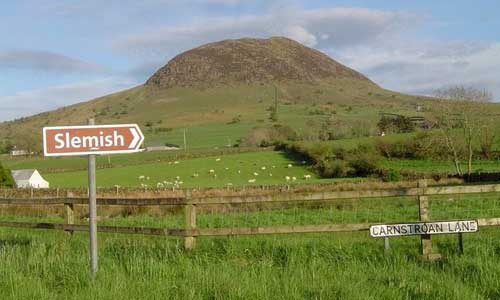
5. Although a Briton, Patrick learned to speak fluent Irish, which enabled him to gain trust and power with the clans of Ireland.
6. The Oracles of the Druids prophesised the coming of Patrick to Irish shores, telling of a man who would be a threat to their beliefs and way of life.
7. When Patrick tried to hold a summit talk with the Great Chieftains on the Hill of Tara in County Meath, his way was blocked by the Druids and Magicians, who threw every bit of dark magic they could at the Holy Man.
8. As he waited out the magical intervention on Slane Hill just across from Tara, Patrick lit a fire known as the Pascal fire for Easter. No mortal means or magic could quench the flame despite constant bombardment.
9. When Patrick finally set foot on the ritualistic pagan Hill of Tara, he picked a shamrock from the ground and used it to teach the Chieftains of the Holy Trinity.
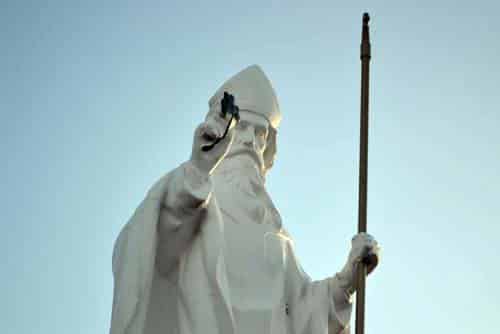
10. Croagh Patrick in County Mayo is also known as The Reek and translates as ‘Patrick’s Stack’. It is the place where Saint Patrick battled against temptation, demons and darkness for forty days and forty nights.
11. Although Croagh Patrick has long been associated with Saint Patrick and pilgrims who attend Reek Sunday each July, it was a sacred place for Pagans since 3000 BC at the time of the summer solstice.
12. Green is the colour associated with Saint Patrick and Ireland, however this was quite a recent adaptation. Blue was the colour of Saint Patrick’s vestments and Henry VIII had Ireland recognised as a gold harp on a blue background.
13. March 17th is the day Saint Patrick died in Downpatrick, County Down. He is buried on Cathedral Hill along with Saint Brigid and Saint Columba. The name Downpatrick means Patrick’s Stronghold.
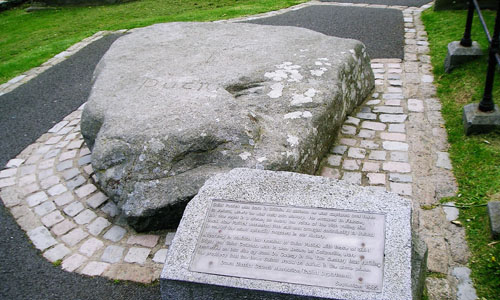
14. When written about in the 7th century in the lost book of Ultán, Patrick was described in four ways – Magonus (famous), Succetus (god of war), Patricius (father of the people), and Cothirtiacus (because he served four houses of druids). Bar one, not the descriptions you would expect from someone supposed to be a humble servant of Christianity!
15. Snakes are not and never have been indigenous to Ireland. Saint Patrick driving the snakes from Irish shores is an analogy of his success in banishing Paganism and converting Irishmen to Christianity.
16. In 1942 an Irish Academic named T F O’Rahilly proposed that an earlier Bishop who was sent to Ireland by the Pope, Palladius, was the actual subject of many of the stories of Saint Patrick and developed a theory known as the ‘Two Patricks’ Theory.
17. There are two letters written by Saint Patrick that survive today, the most famous of which is ‘The Confessio’ which tells his life story as we know it and is solid proof of his existence.




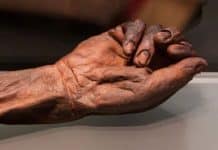
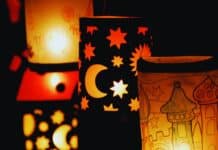
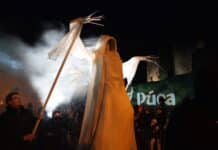

Did you also know that he negotiated a deal with God that the Irish would be killed seven years earlier than everyone else so that they’d miss the horror and suffering of the Apocalypse. Lucky Irish folks, eh!